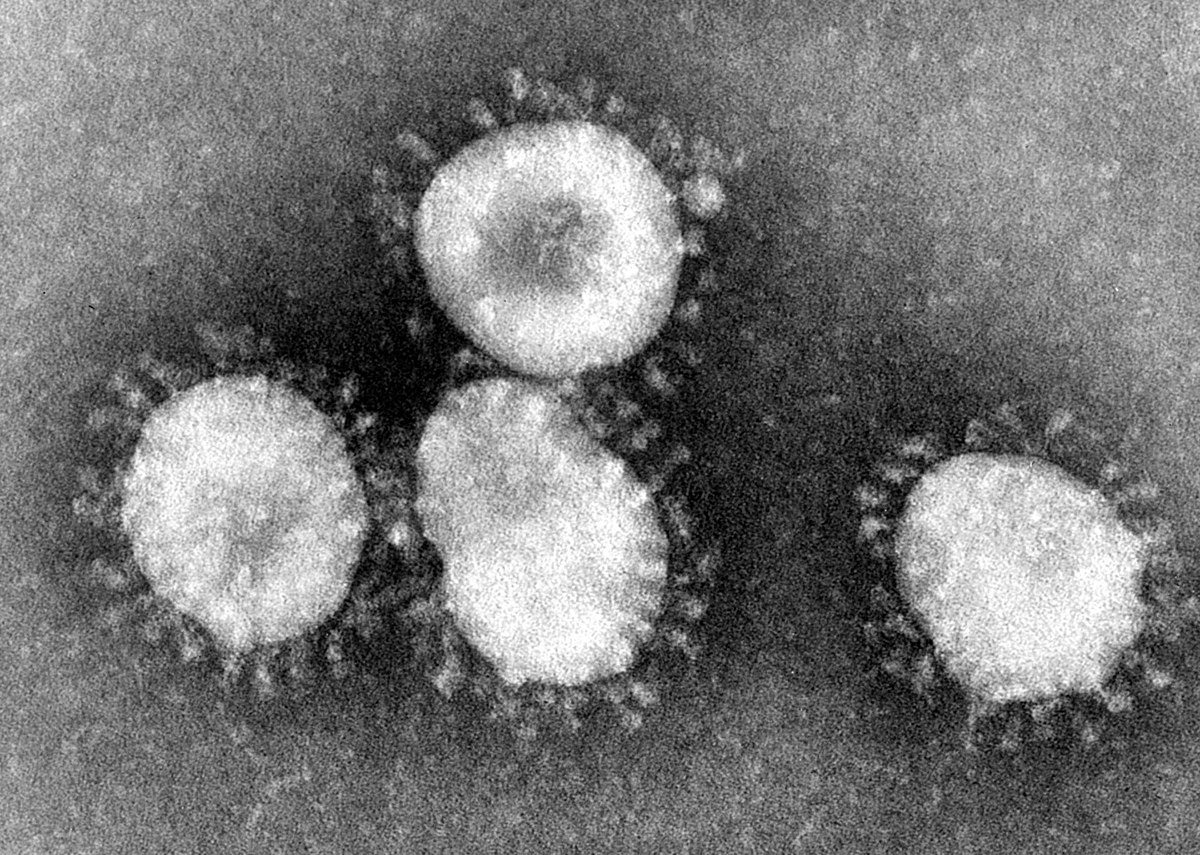Public health advocates say state, local, and federal agencies are underprepared to cope with the spread of a new infectious disease.
By Julia Conley, staff writer for Common Dreams. Published 1-21-2020

Coronavirus. Photo: CDC
Officials in Washington State reported Tuesday that a resident was diagnosed with the coronavirus which was first detected in Wuhan, China last month, leading federal public health agencies which have suffered billions of dollars in cuts in recent years to issue warnings and post information about the illness.
“This is an evolving situation and again, we do expect additional cases in the United States and globally,” Nancy Messonnier of the Centers for Disease Control and Prevention told the Washington Post.
On social media, observers in both the U.S. and Canada noted that the spread of the coronavirus follows cuts to the CDC and other agencies.
As the new coronavirus arrives in our shores, a reminder that DT stripped CDC of funding to fight such diseases and diverted that funding for more facilities to separate families at the border. https://t.co/xQux7JQRZT
— Kendyl Hanks (@HanksKendyl) January 21, 2020
Public health protects us from deadly things like the new coronavirus & SARS. Doug Ford’s Conservatives have taken a sledgehammer to Ontario’s public health system. Last year they cut $200 million from PH and are cutting $1 billion from Toronto PH. #onpolihttps://t.co/ygAvmhk2k0
— Tyler Watt 🇨🇦 (@tylerwhat16) January 16, 2020
The Trust for America’s Health (TFAH), a nonpartisan public health advocacy group, published a report last April saying that public health efforts are currently underfunded by $4.5 billion.
“Recent increases to funding for public health emergency preparedness, including for weather-related emergencies, have not made up for resources lost in earlier years, let alone emerging threats,” the group wrote. “The CDC also lacks sufficient dedicated funding to adequately support the cross-cutting, foundational capabilities that form the backbone of comprehensive public health systems at the federal, state, and local levels.”
As Modern Healthcare reported at the time, the Prevention and Public Health Fund (PPHF) provides state and local health agencies with the bulk of their funding, but the fund has been slashed numerous times in recent years.
In 2012, President Barack Obama signed a bill that diverted more than $6 billion from the fund over nine years to make up for cuts to Medicare physician payments. President Donald Trump’s tax cuts for the wealthiest Americans in 2017 slashed the fund by $750 million.
The budget bill passed by Congress in 2018 cut the fund by $1 billion over 10 years. The Trump administration in 2018 further diverted millions of dollars from the National Institutes of Health (NIH), the Centers for Disease Control and Prevention (CDC).
“When CDC funding is cut, state and local governments are often forced to reduce funding for critical programs including those to prevent chronic and infectious diseases, to protect environmental health and to provide vaccinations for children, among many others,” said John Auerbach, CEO of TFAH, last year as the group released its report. “These are programs Americans need and support. They shouldn’t be constantly on the chopping-block.”
Public health cuts in recent years have already sent federal officials scrambling to allocate funding in the midst of potential crises, according to Modern Healthcare. The CDC had to request emergency funding in 2014 when a number of people in the U.S. contracted Ebola during West Africa’s epidemic, and in 2016 to fight an outbreak of Zika.
“That kind of funding impedes the ability of public health to actually prevent risk or to respond in a timely manner,” Auerbach told Modern Healthcare. “If the funding comes in the midst of an emergency you’re quickly doing catch-up.”
The World Health Organization (WHO) is meeting Wednesday to determine whether the coronavirus should be considered a global health emergency.
The respiratory illness has killed at least six people in China and has sickened nearly 300 people there, as well as several in Thailand, Taiwan, Japan, and South Korea.
The risk for the general population in the U.S. is considered low, according to the CDC; older adults with health conditions may be at increased risk for infection.

